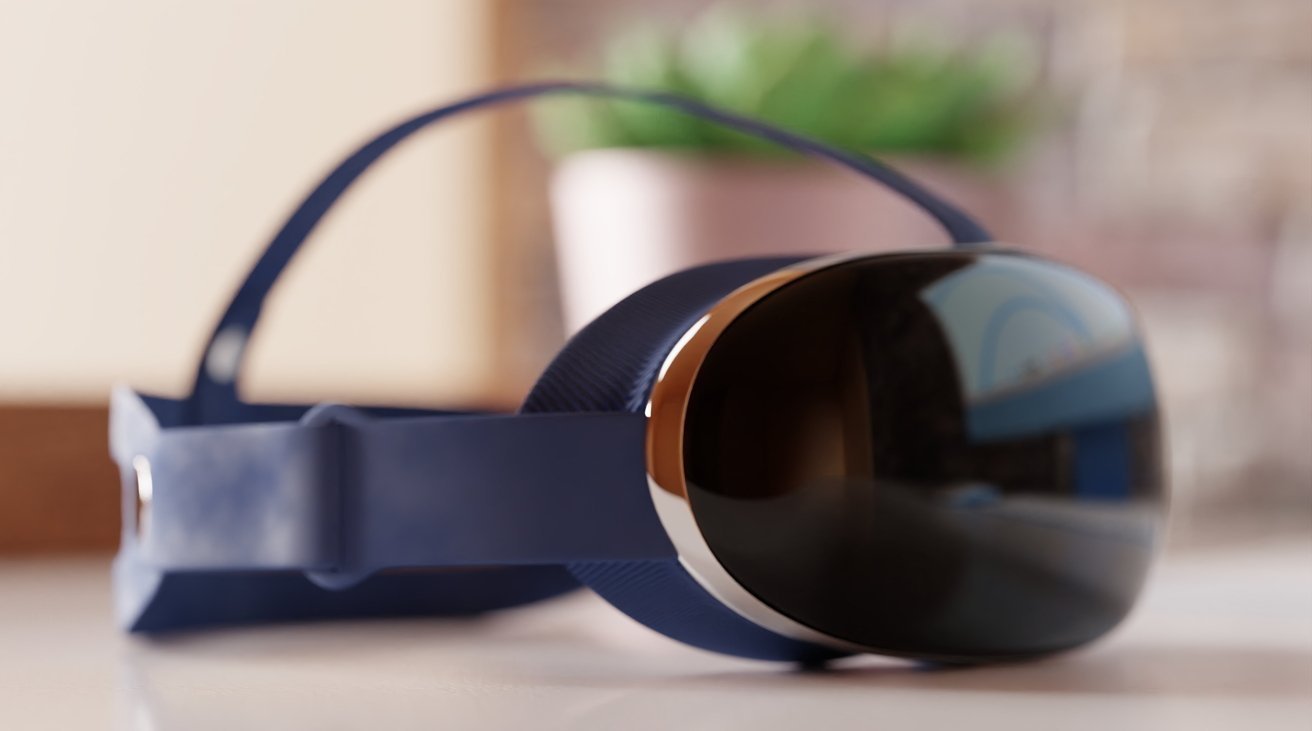Apple's highly anticipated mixed-reality headset may not require an iPhone to work, with the first release in the lineup likely to be able to work independently of any other Apple device.
Apple is thought to be preparing its initial ar headset is expected to finally surface in 2023, potentially during or before WWDC 2023. The first headset in Apple's product line that could appear at that time may be more of a standalone device than previously thought, with it apparently able to work without the user necessarily having an iPhone or iPad beforehand.
According to Mark Gurman's "Power On" newsletter for Bloomberg, the headset "probably won't require" an iPhone for setup, nor for actual use. Sources say the latest versions of the headset being tested apparently can be set up without needing an iPhone, with the headset able to download a user's content and iCloud data directly for itself.
While able to work independently of other hardware, users will still be able to transfer data to the headset from their iPhone or iPad, in a similar way to how new devices can be set up.
The idea of it being independent hardware is highly plausible, since Meta's Quest 2 is already designed to be used separately from other hardware, though you can still interact with it via a companion app.
Interacting with the headset is via eye and hand tracking, including in-air typing, but this has apparently been "finicky in testing." While users may have to rely on an iPhone's keyboard for text entry, it is expected that software updates will be deployed to provide rapid improvements after launch.
In a refinement to earlier reporting, Gurman now thinks that a WWDC launch for the headset, apparently called Reality Pro, will occur. Shipments would take place by the end of 2023, in theory.
Beyond the first headset, Gurman writes that Apple is already planning follow-up models, including a cheaper version due at the end of 2024 or into 2025. Using a lower-end display and processor, the headset tentatively titled Reality One will be much cheaper than the initial $3,000 model.
A second-generation Reality Pro is apparently on the way, which may offer considerably more performance than the M2-equipped first-gen model. An apparent complaint is that the M2-based model isn't powerful enough to support more than two realistic VR representations of participants at a time.
 Malcolm Owen
Malcolm Owen







-m.jpg)






 Brian Patterson
Brian Patterson
 Charles Martin
Charles Martin



 William Gallagher
William Gallagher
 Christine McKee
Christine McKee
 Marko Zivkovic
Marko Zivkovic









19 Comments
Why is it so hard for authors to get AR vs VR correct? All the rumors about an imminent new Apple device have been for a VR or MR/VR product, not an AR device. Heck, even the stock photo used for this article shows goggles with opaque front - something you could not have with AR glasses/goggles.
“…the initial $3,000 model” isn’t priced for consumers, obviously. This could be Apple‘s way of skimming the cream off the top of people that are so interested and so excited about the mixed reality headset that they’ll pay that kind of a price. One other little tidbit is that this could be like the original iPad… Said to be priced at $2000 (by the PC press) and it was released at $499. It was a big hit immediately.
Seriously don’t the $3,000 rumors. Apple is a mass market CE company, not a niche market company. Yeah yeah the gold Watch is an outlier, but I think that was a sacrifice to Ives who wanted to work on something novel and had a silver (gold) lining of generating buzz.
Well, yeah. It's not like a watch where there is no room for the electronics.